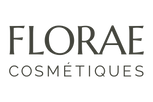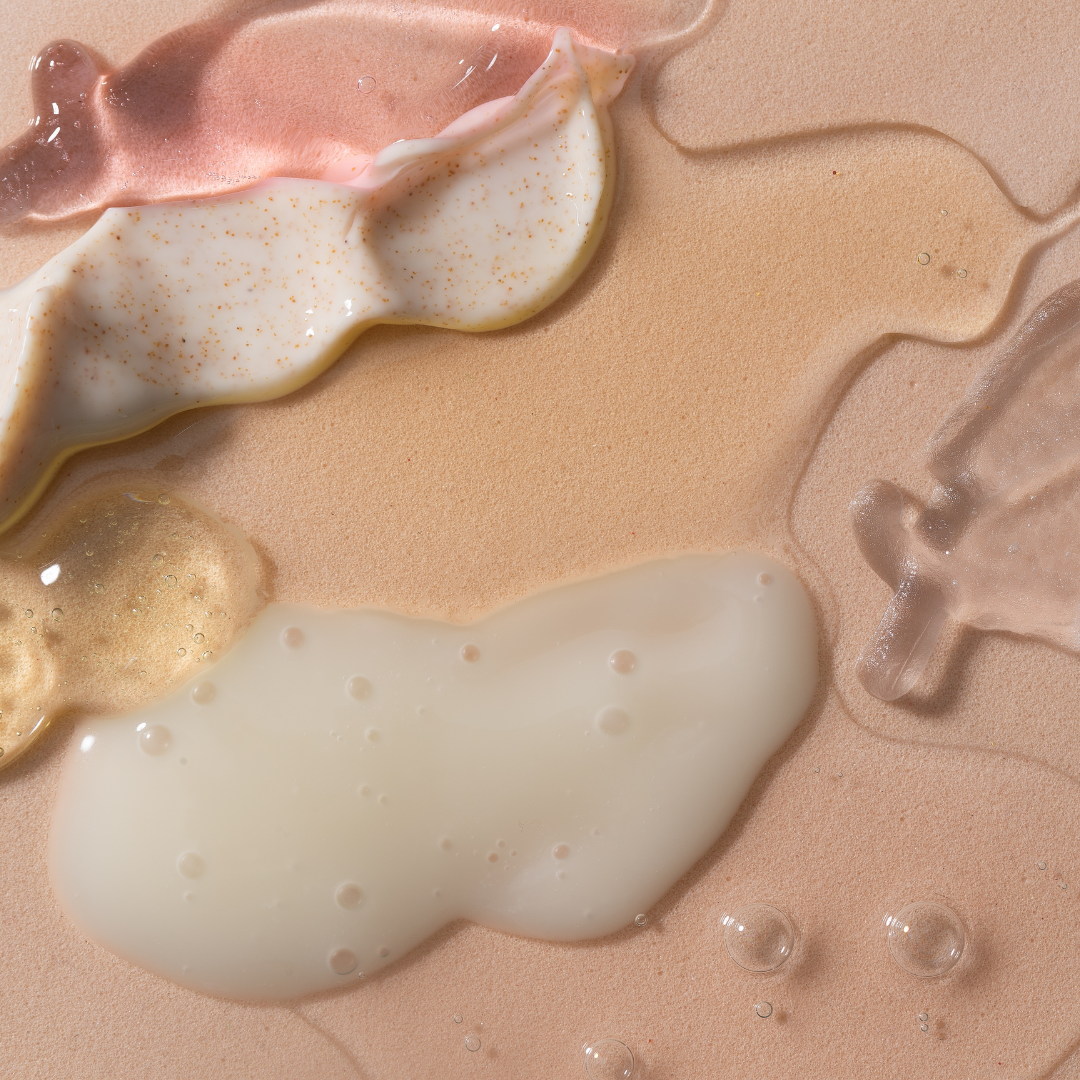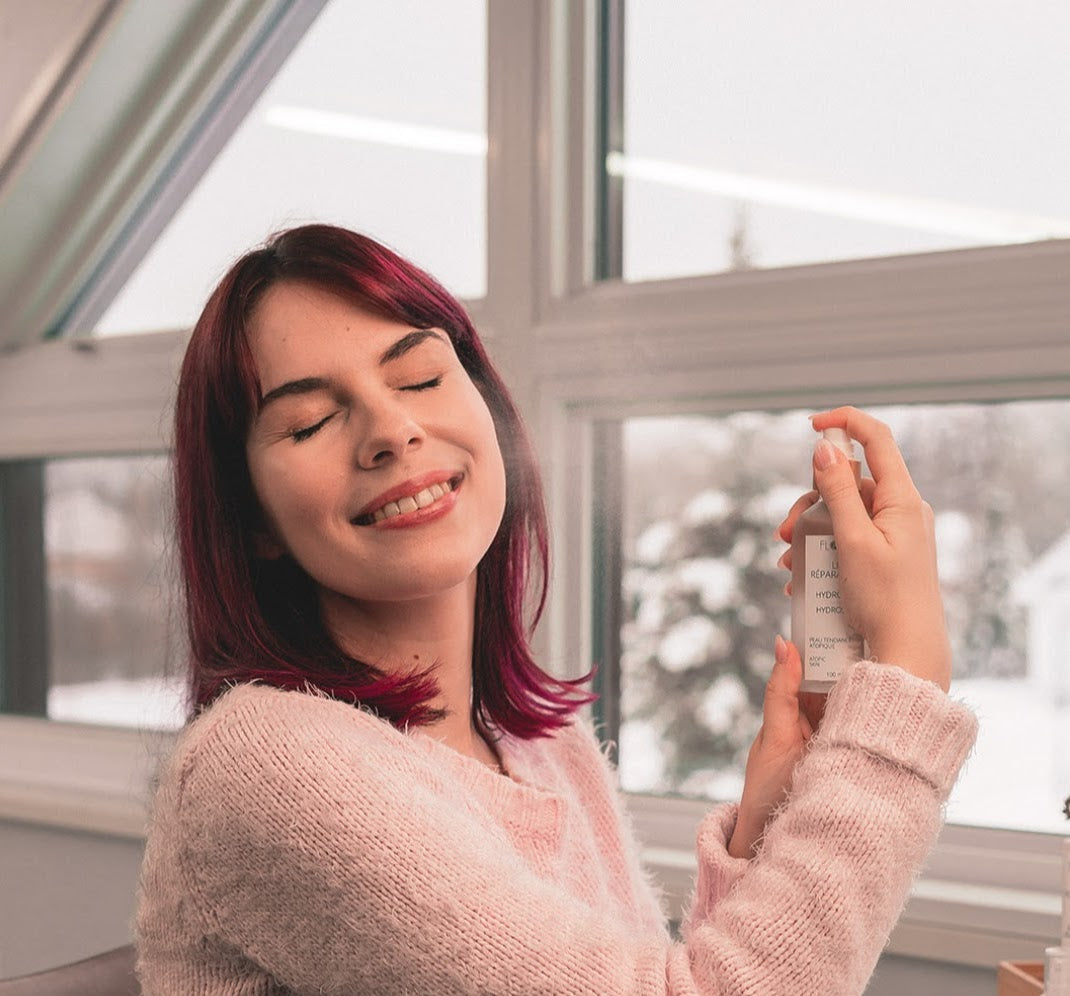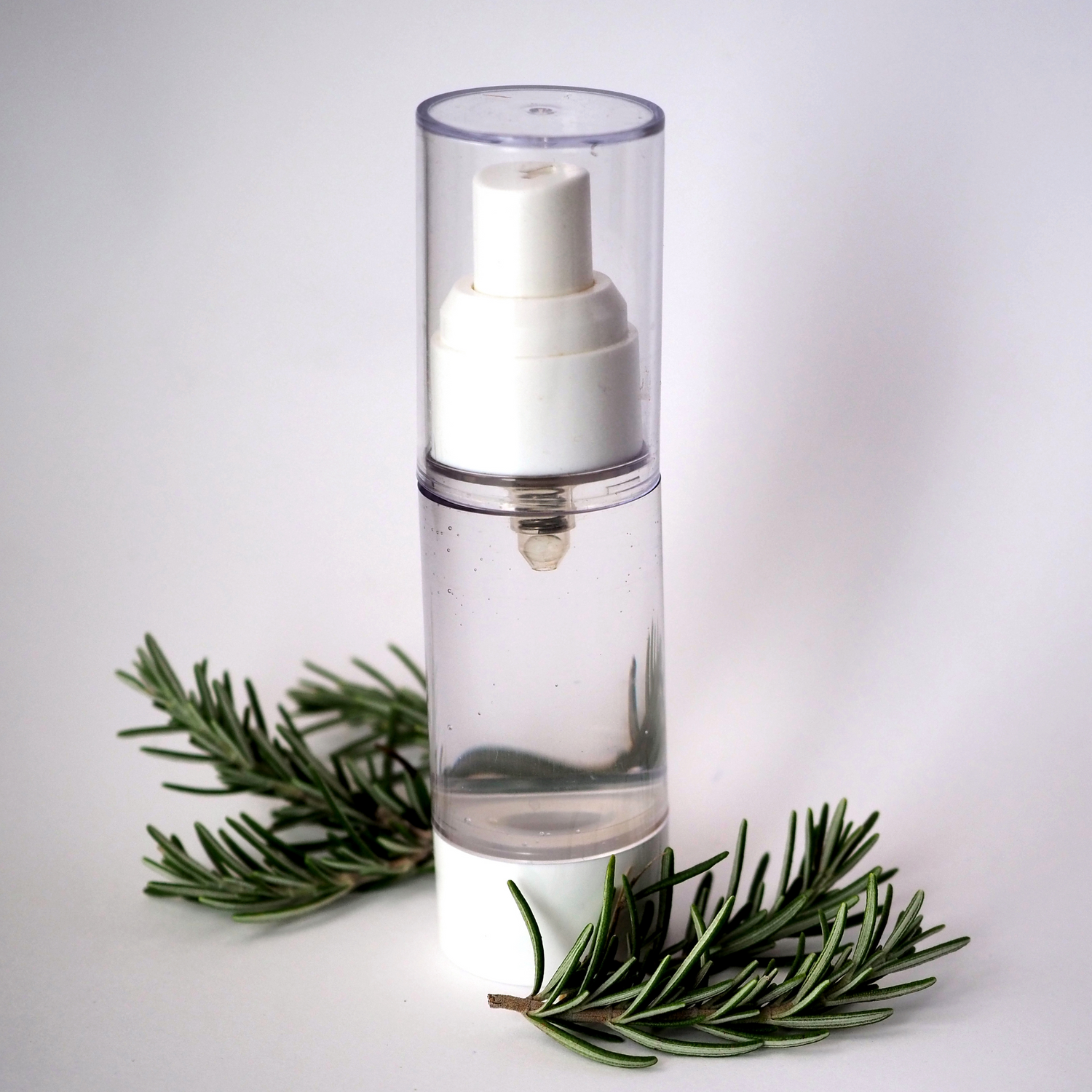My first discovery about toxic ingredients found in cosmetics was thanks to David Suzuki, a renowned environmental activist. I came across his guide for responsible consumers: 12 toxic substances to avoid in your cosmetics. Here are the 12 substances in question. I've added another ingredient to this list that's known to be very harmful to your health.
1. BHA and BHT:
Found in moisturizers, makeup, and other products, they are suspected of interfering with hormonal function and being carcinogenic. They are harmful to fish and wildlife.
2. Dyes derived from coal tar:
P-phenylenediamine and dyes identified by "CI" followed by five numbers. P-phenylenediamine is used in some hair dyes; other colors are used in many cosmetic products. They may be carcinogenic and contain heavy metals that are toxic to the brain.
3. DEA, cocamide DEA and lauramide DEA:
Are found in creamy and foaming cosmetics such asmoisturizers and shampoos. In combination with other substances, they can form carcinogenic nitrosamines. They are also harmful to fish and wildlife.
4. Dibutyl phthalate:
Dibutyl phthalate is used as a plasticizer in nail products. It is considered a reproductive toxicant and suspected of interfering with hormonal function. Harmful to fish and wildlife.5. Formaldehyde releasers:
DmDm hydantoin, diazolidinyl urea, imidazolidinyl urea, methenamine, quarternium-15, and sodium hydroxymethylglycinate. These preservatives are used in a wide range of cosmetic products. They slowly and continuously release small amounts of formaldehyde, a carcinogen.6. Paraben, methylparaben, butylparaben and propylparaben:
Parabens are widely used as preservatives. They are considered endocrine disruptors and may interfere with male reproductive functions.7. Perfumes:
Mixture of chemicals that can trigger allergies and asthma, some are linked to cancer and neuron poisoning. Harmful to fish and wildlife.8. PEGs (e.g. peg-60):
Used in some cosmetic cream bases, it may contain 1,4 dioxane, which is potentially carcinogenic.9. Petrolatum:
Used in some hair products for shine and as a moisture barrier in lip balms, lipsticks, and moisturizers. Petrochemical product that may contain carcinogenic impurities.10. Siloxanes, cyclotetrasiloxanes, cyclopentasiloxanes, cyclohexasiloxanes and cyclomethicones:
Siloxanes are used in cosmetic products to soften, smooth, and moisturize. Cyclotetrasiloxane is considered an endocrine disruptor and a potential reproductive toxin. Harmful to fish and wildlife. Found in foaming products such as shampoos, cleansers, and bath products.11. Triclosan:
Found in antibacterial products such as toothpaste, cleansers, and antiperspirants. It is suspected of interfering with hormone function and contributing to antibiotic-resistant bacteria. Harmful to fish and wildlife.12. Sodium laureth sulfate:
Found in foaming products such as shampoos, cleansers, and bath products. It may contain dioxane, a potential carcinogen.
Talc:
Contains a substance called asbestos, which is known to cause lung cancer when inhaled. When used near the genitals, talc may cause ovarian cancer. Talc is found in makeup, baby powders, and adult powders.
References and further information on health and environmental concerns can be found at www.davidsuzuki.org/12-ingredients-to-avoid







